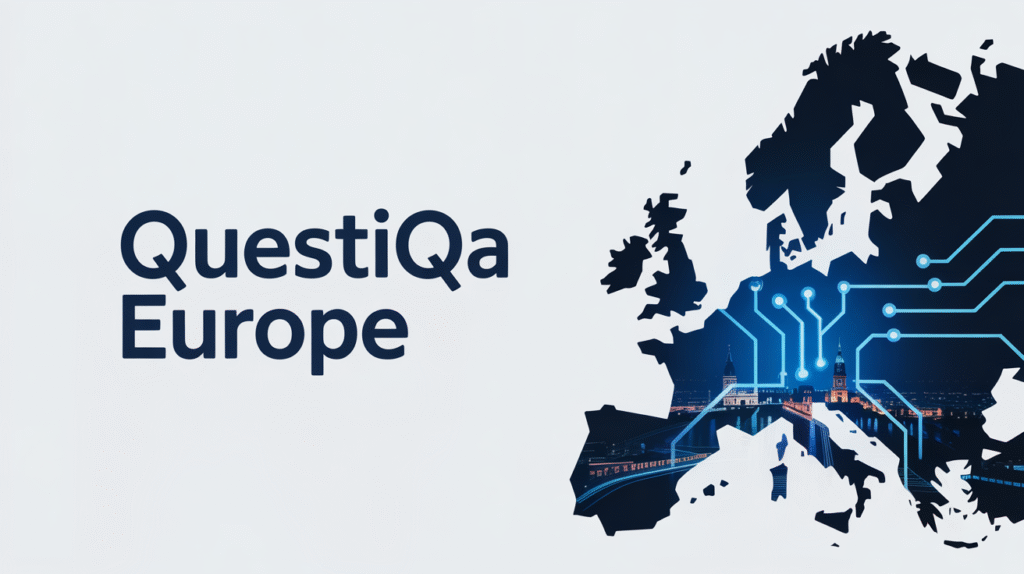Summary – A closer look at the ongoing football transfer market dynamics across Europe reveals significant economic and political implications.,
Article –
The ongoing football transfer market across Europe has reached unprecedented levels of activity and complexity, with significant implications not only for the sport but also for the continent’s broader economic and political landscape. The summer transfer windows, especially in major leagues such as the English Premier League, La Liga, Serie A, and Bundesliga, have witnessed a surge in player movements that is reshaping club strategies, financial models, and regulatory frameworks. This phenomenon matters greatly for Europe as football is not only a cultural cornerstone but also a major economic driver and a vehicle for European integration and diplomacy.
Background
The European football transfer market operates within defined windows during the year, the most notable being the summer transfer window spanning June to August. Over recent years, the total spend on transfers has escalated significantly, driven by lucrative broadcasting deals, sponsorships, and the sport’s growing global audience. In addition, the European Union’s single market facilitates the labor mobility of players and coaches, impacting transfer negotiations and contract arrangements.
Since the inception of the Bosman ruling in 1995, which allowed free movement of players at the end of their contracts, clubs have seen profound changes in player mobility and contract negotiations. More recently, regulatory pressures from UEFA (Union of European Football Associations) and domestic football federations, alongside economic shifts such as inflation and the lingering effects of the COVID-19 pandemic, have influenced the transfer market dynamics.
Key Players
At the forefront are elite European clubs such as:
- Real Madrid
- FC Barcelona
- Bayern Munich
- Paris Saint-Germain (PSG)
- Premier League giants like Manchester City and Chelsea
These clubs wield substantial financial clout and are often able to outbid competitors for top talent. Equally important are emerging clubs from countries like the Netherlands, Portugal, and Belgium that develop young talents and benefit from transfers as key revenue sources.
Actors also include governing bodies like UEFA, which enforce Financial Fair Play (FFP) rules intended to promote sustainability by limiting expenditures relative to clubs’ revenues. National associations and leagues collaborate to regulate transfers and agent activities.
Player agents and intermediaries have become increasingly influential, negotiating complex deals and often driving up the price tags on transfers.
European Impact
The intense activity in football transfers has a multi-layered impact across Europe’s political, economic, and social spheres:
- Economic: Vast transfer fees and player wages contribute significantly to local economies, including employment, tourism, and media revenues. Clubs’ financial management dictates their competitive viability and long-term sustainability.
- Political: Football transfers symbolize broader EU labor mobility policies. They reinforce the idea of an integrated European labor market, where professional talent circulates freely. However, they also raise questions about wage disparities and the concentration of resources in a limited number of elite clubs, echoing wider discussions about economic inequality within and between EU member states.
- Social: The transfer market influences fan engagement and national identity. Star player arrivals or departures can galvanize or fracture fan bases, affecting local communities’ cohesion and cultural expression via football identity.
Wider Reactions
EU institutions monitor the football economy’s compliance with competition and labor laws but largely allow self-regulation by sports governing bodies. UEFA continues to review and adjust Financial Fair Play rules to address loopholes and evolving market tactics.
Among member states, reactions vary:
- Countries with clubs benefitting from lucrative transfers advocate for maintaining current frameworks.
- Smaller nations and leagues often call for reforms that support talent development and protect competitive balance.
Experts emphasize the need for enhanced transparency in transfer dealings and outline potential risks of financial mismanagement. They highlight the importance of integrating sustainability goals within club operations, including investment in youth academies and infrastructure.
What Comes Next?
Looking ahead, the European football transfer market is poised for continued transformation. Potential scenarios include:
- Stricter enforcement of financial regulations.
- Increased investment in homegrown talent to contain transfer spending.
- Greater digital innovation such as blockchain-based transfer tracking to ensure transparency.
Policy shifts at UEFA and national federation levels may seek to balance competitive fairness with financial discipline, responding to both public scrutiny and market pressures.
The COVID-19 pandemic’s economic aftershocks might temper spending temporarily, but the sport’s global appeal and centrality to European culture suggest that the transfer market will remain robust in the long term.
As the summer transfer window progresses, all eyes remain on marquee player moves and their broader reverberations across Europe’s sporting and economic landscapes. This ongoing saga invites reflection on how football’s financial flows intersect with wider European integration and regulatory challenges.
Stay tuned to Questiqa Europe for more regional perspectives and insights.

More Stories
How Europe’s Trade Landscape Could Shift Following India-UK CETA Outreach
Why Cultural Diplomacy in Europe Is Gaining Momentum Amid Global Shifts
Why Keir Starmer’s Gaza Aid Announcement Signals a Shift in UK’s Middle East Policy